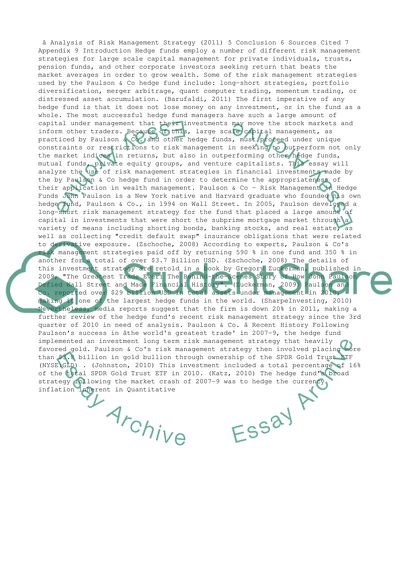Cite this document
(“Risk and Quality Management Assignment Example | Topics and Well Written Essays - 1250 words”, n.d.)
Retrieved from https://studentshare.org/management/1428605-risk-and-quality-management
Retrieved from https://studentshare.org/management/1428605-risk-and-quality-management
(Risk and Quality Management Assignment Example | Topics and Well Written Essays - 1250 Words)
https://studentshare.org/management/1428605-risk-and-quality-management.
https://studentshare.org/management/1428605-risk-and-quality-management.
“Risk and Quality Management Assignment Example | Topics and Well Written Essays - 1250 Words”, n.d. https://studentshare.org/management/1428605-risk-and-quality-management.


